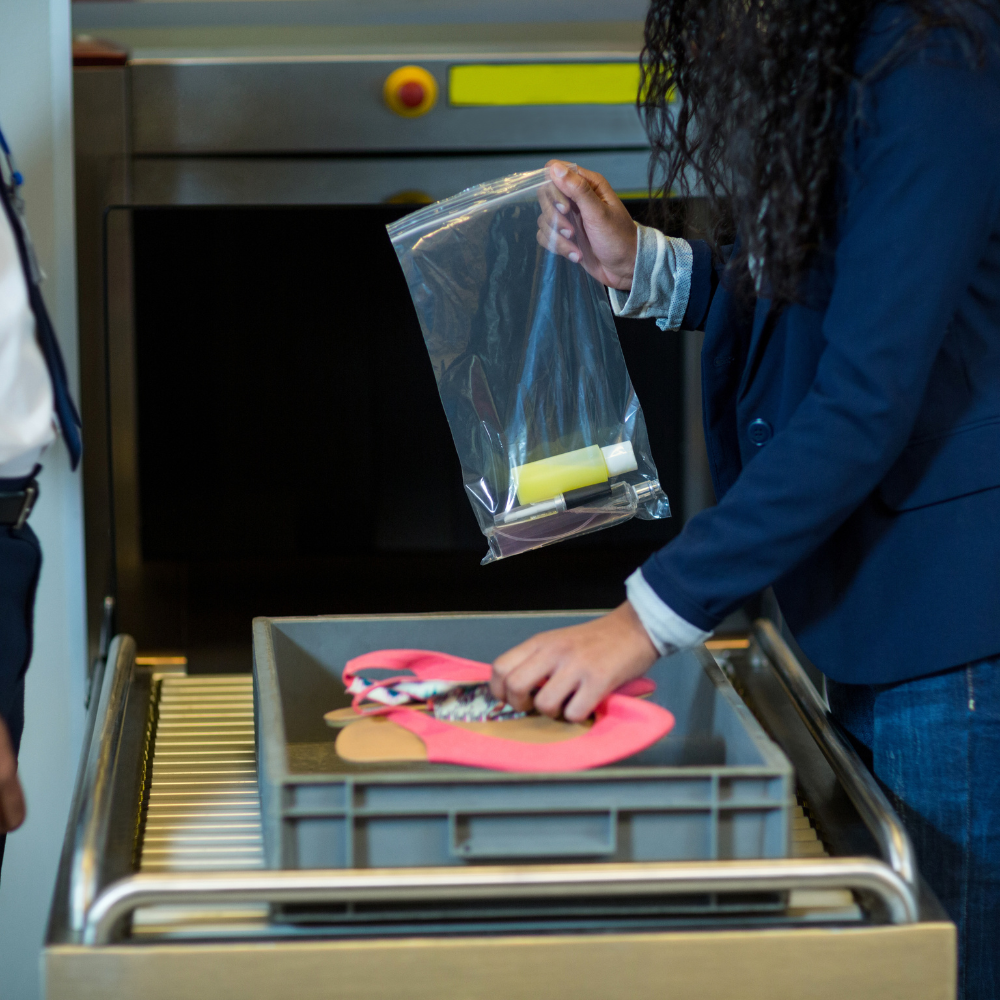 A new study that found that wooden pile foundations show visible damage just after a year if the groundwater level lowers and this is in stark contrast to what great Roman architect Vitruvius said some 2000 years ago wherein he advocated driving down the wooden piles completely in mud or waterlogged areas for stability.
Older buildings in Gothenburg were constructed on foundations of wooden piles and the foundations are stable in line with what the Roman architect said. But this is only true until the piles are completely surrounded by waterlogged, wet clay because the wood breaks down very slowly in an anoxic environment. But if the mud starts to dry out, soft rot fungi can attack the piles, which eventually lose their bearing capacity, and this can lead to progressive settlement of the buildings.
The biggest enemies of wooden piles are soft rot fungi and bacteria. Soft rot fungi can lie latent on the wood surface and in the soil, and only begin to attack the wood when they come into contact with oxygen. Degradation of the wooden pile can then take off and reduce its strength within a relatively short period of time – in the worst case within just a few years. Degradation due to bacteria, on the other hand, takes several hundred years, despite the fact that it continues the whole time, even in anoxic environments.
Researchers investigated wooden piles and measured the environmental conditions under eight buildings in Gothenburg. In addition, she simulated a range of groundwater conditions in laboratory experiments to better understand the effects of a lowered water table. These days, a certain amount of groundwater lowering is often permitted, as it is deemed to be risk-free.
Today, a fall in the groundwater level of no more than 30 cm around construction sites is often a requirement. However, a 30 cm fall in the groundwater level can be enough to cause serious damage to a wooden pile if the fall occurs over a long period of time. The worst degradation of the wood occurs just above the surface of the water table, although it takes quite a long time for oxygen to penetrate down into a clay soil that has dried out. Some results also suggest that if the groundwater flows around the wooden pile, this can bring oxygen with it that causes soft rot fungi to take off.
A new study that found that wooden pile foundations show visible damage just after a year if the groundwater level lowers and this is in stark contrast to what great Roman architect Vitruvius said some 2000 years ago wherein he advocated driving down the wooden piles completely in mud or waterlogged areas for stability.
Older buildings in Gothenburg were constructed on foundations of wooden piles and the foundations are stable in line with what the Roman architect said. But this is only true until the piles are completely surrounded by waterlogged, wet clay because the wood breaks down very slowly in an anoxic environment. But if the mud starts to dry out, soft rot fungi can attack the piles, which eventually lose their bearing capacity, and this can lead to progressive settlement of the buildings.
The biggest enemies of wooden piles are soft rot fungi and bacteria. Soft rot fungi can lie latent on the wood surface and in the soil, and only begin to attack the wood when they come into contact with oxygen. Degradation of the wooden pile can then take off and reduce its strength within a relatively short period of time – in the worst case within just a few years. Degradation due to bacteria, on the other hand, takes several hundred years, despite the fact that it continues the whole time, even in anoxic environments.
Researchers investigated wooden piles and measured the environmental conditions under eight buildings in Gothenburg. In addition, she simulated a range of groundwater conditions in laboratory experiments to better understand the effects of a lowered water table. These days, a certain amount of groundwater lowering is often permitted, as it is deemed to be risk-free.
Today, a fall in the groundwater level of no more than 30 cm around construction sites is often a requirement. However, a 30 cm fall in the groundwater level can be enough to cause serious damage to a wooden pile if the fall occurs over a long period of time. The worst degradation of the wood occurs just above the surface of the water table, although it takes quite a long time for oxygen to penetrate down into a clay soil that has dried out. Some results also suggest that if the groundwater flows around the wooden pile, this can bring oxygen with it that causes soft rot fungi to take off.  A new study that found that wooden pile foundations show visible damage just after a year if the groundwater level lowers and this is in stark contrast to what great Roman architect Vitruvius said some 2000 years ago wherein he advocated driving down the wooden piles completely in mud or waterlogged areas for stability.
Older buildings in Gothenburg were constructed on foundations of wooden piles and the foundations are stable in line with what the Roman architect said. But this is only true until the piles are completely surrounded by waterlogged, wet clay because the wood breaks down very slowly in an anoxic environment. But if the mud starts to dry out, soft rot fungi can attack the piles, which eventually lose their bearing capacity, and this can lead to progressive settlement of the buildings.
The biggest enemies of wooden piles are soft rot fungi and bacteria. Soft rot fungi can lie latent on the wood surface and in the soil, and only begin to attack the wood when they come into contact with oxygen. Degradation of the wooden pile can then take off and reduce its strength within a relatively short period of time – in the worst case within just a few years. Degradation due to bacteria, on the other hand, takes several hundred years, despite the fact that it continues the whole time, even in anoxic environments.
Researchers investigated wooden piles and measured the environmental conditions under eight buildings in Gothenburg. In addition, she simulated a range of groundwater conditions in laboratory experiments to better understand the effects of a lowered water table. These days, a certain amount of groundwater lowering is often permitted, as it is deemed to be risk-free.
Today, a fall in the groundwater level of no more than 30 cm around construction sites is often a requirement. However, a 30 cm fall in the groundwater level can be enough to cause serious damage to a wooden pile if the fall occurs over a long period of time. The worst degradation of the wood occurs just above the surface of the water table, although it takes quite a long time for oxygen to penetrate down into a clay soil that has dried out. Some results also suggest that if the groundwater flows around the wooden pile, this can bring oxygen with it that causes soft rot fungi to take off.
A new study that found that wooden pile foundations show visible damage just after a year if the groundwater level lowers and this is in stark contrast to what great Roman architect Vitruvius said some 2000 years ago wherein he advocated driving down the wooden piles completely in mud or waterlogged areas for stability.
Older buildings in Gothenburg were constructed on foundations of wooden piles and the foundations are stable in line with what the Roman architect said. But this is only true until the piles are completely surrounded by waterlogged, wet clay because the wood breaks down very slowly in an anoxic environment. But if the mud starts to dry out, soft rot fungi can attack the piles, which eventually lose their bearing capacity, and this can lead to progressive settlement of the buildings.
The biggest enemies of wooden piles are soft rot fungi and bacteria. Soft rot fungi can lie latent on the wood surface and in the soil, and only begin to attack the wood when they come into contact with oxygen. Degradation of the wooden pile can then take off and reduce its strength within a relatively short period of time – in the worst case within just a few years. Degradation due to bacteria, on the other hand, takes several hundred years, despite the fact that it continues the whole time, even in anoxic environments.
Researchers investigated wooden piles and measured the environmental conditions under eight buildings in Gothenburg. In addition, she simulated a range of groundwater conditions in laboratory experiments to better understand the effects of a lowered water table. These days, a certain amount of groundwater lowering is often permitted, as it is deemed to be risk-free.
Today, a fall in the groundwater level of no more than 30 cm around construction sites is often a requirement. However, a 30 cm fall in the groundwater level can be enough to cause serious damage to a wooden pile if the fall occurs over a long period of time. The worst degradation of the wood occurs just above the surface of the water table, although it takes quite a long time for oxygen to penetrate down into a clay soil that has dried out. Some results also suggest that if the groundwater flows around the wooden pile, this can bring oxygen with it that causes soft rot fungi to take off. 


